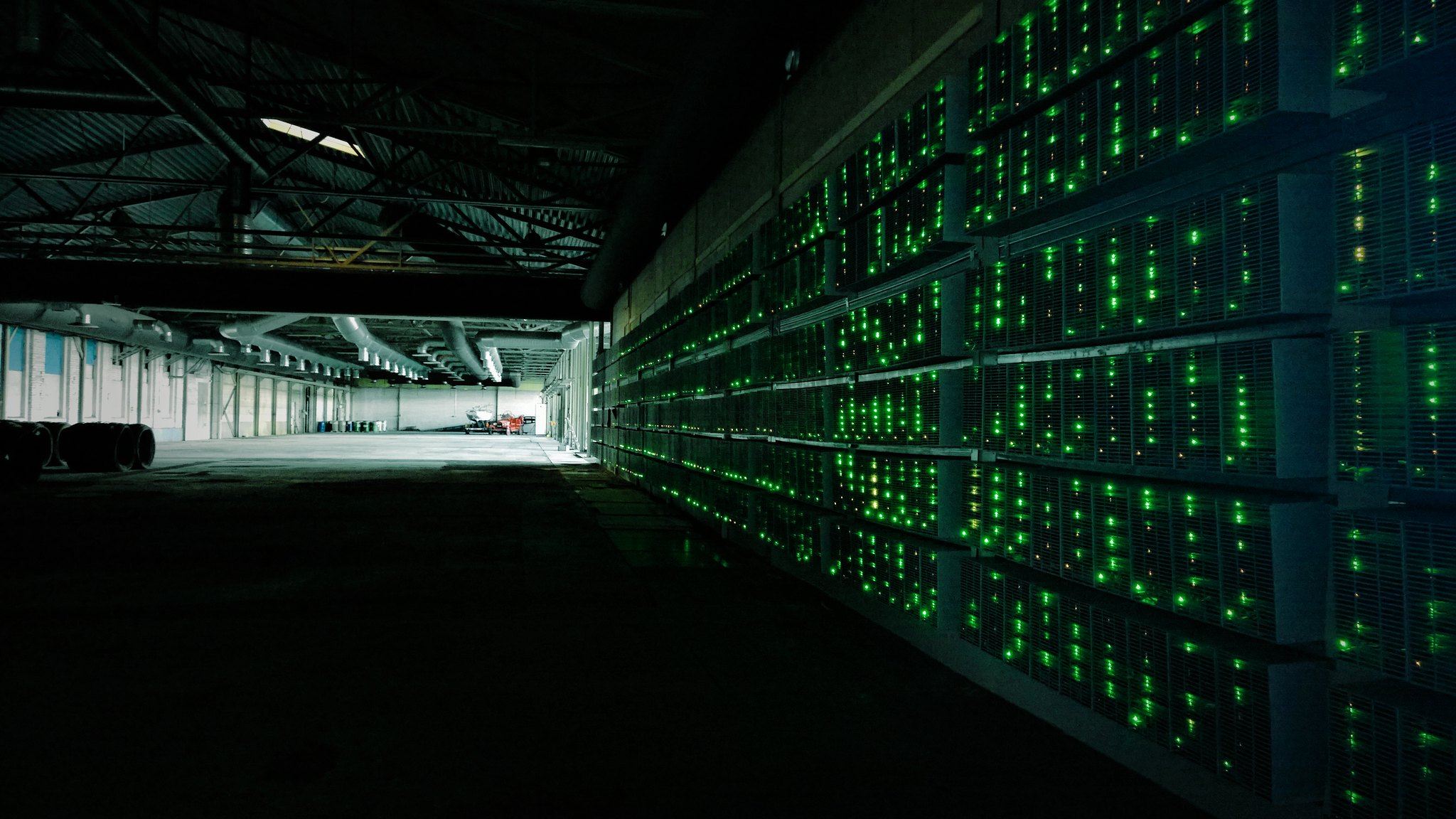
Bitcoin recently crossed a pivotal threshold, with over 19.95 million coins mined, leaving less than 1.05 million BTC to be created over the next 115 years.
This milestone marks the beginning of what many are calling the ‘5% Era,’ a period characterized by heightened operational difficulty for miners and a dramatic shift in the industry landscape.
Bitcoin’s long tail supply dynamics
Unlike a linear progression, bitcoin’s supply issuance follows a geometric decay driven by the halving schedule.
Each halving reduces the block reward by 50%, now just 3.125 BTC per block as of April 2024.
While 95% of all bitcoin are already mined, the final 5% will take more than a century to fully issue.
This engineered scarcity is central to bitcoin’s investment narrative and has helped drive institutional interest.
Mounting pressure on miners
The transition into the 5% Era is proving difficult for miners.
Hashprice — the key metric for measuring revenue per hashrate — has fallen to $38.82 per PH/s per day, its lowest in a year and sharply down from past highs.
Despite shrinking profits, network hashrate remains near record levels, as many operators continue mining even at breakeven or losses.
This is causing consolidation and pushing less efficient miners out of the market.
Shift to AI and new business models
Faced with revenue declines, some mining companies are pivoting toward artificial intelligence and high-performance computing, leveraging their existing power and cooling infrastructure for more lucrative applications.
According to VanEck, redirecting just 20% of miners’ power to AI could generate up to $38 billion in annual revenue.
Firms like Bitfarms and Hive Digital have already begun retrofitting facilities to capitalize on this trend.
The uncertain future of network security
As block subsidies diminish, the bitcoin network’s security increasingly depends on transaction fees. However, fee revenue remains volatile and is not yet sufficient to replace the subsidy. The next century will test Satoshi Nakamoto’s vision that fees alone will eventually sustain miner incentives. As one researcher warned:
“The fallout could take the entire crypto ecosystem with it.”
Ultimately, only the most efficient and diversified operators are expected to survive as bitcoin’s rewards dwindle, reshaping the mining sector and the network’s security model for decades to come.



